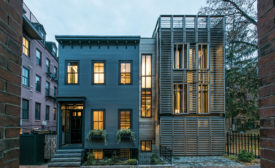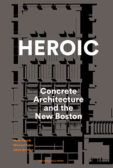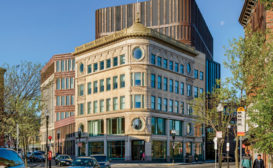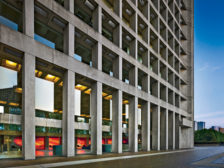Home » Boston
Articles Tagged with ''Boston''
Heroic: Concrete Architecture and the New Boston
At once history lesson and labor of love, this book explores how 1960s Boston came to be a showcase of unapologetic, often superscaled masonry modernism.
Read More
Bruce C. Bolling Municipal Building
A home for Boston's school district preserves historic facades and breathes new life into a corner of the city's Roxbury neighborhood.
Read More
Copyright ©2024. All Rights Reserved BNP Media.
Design, CMS, Hosting & Web Development :: ePublishing





